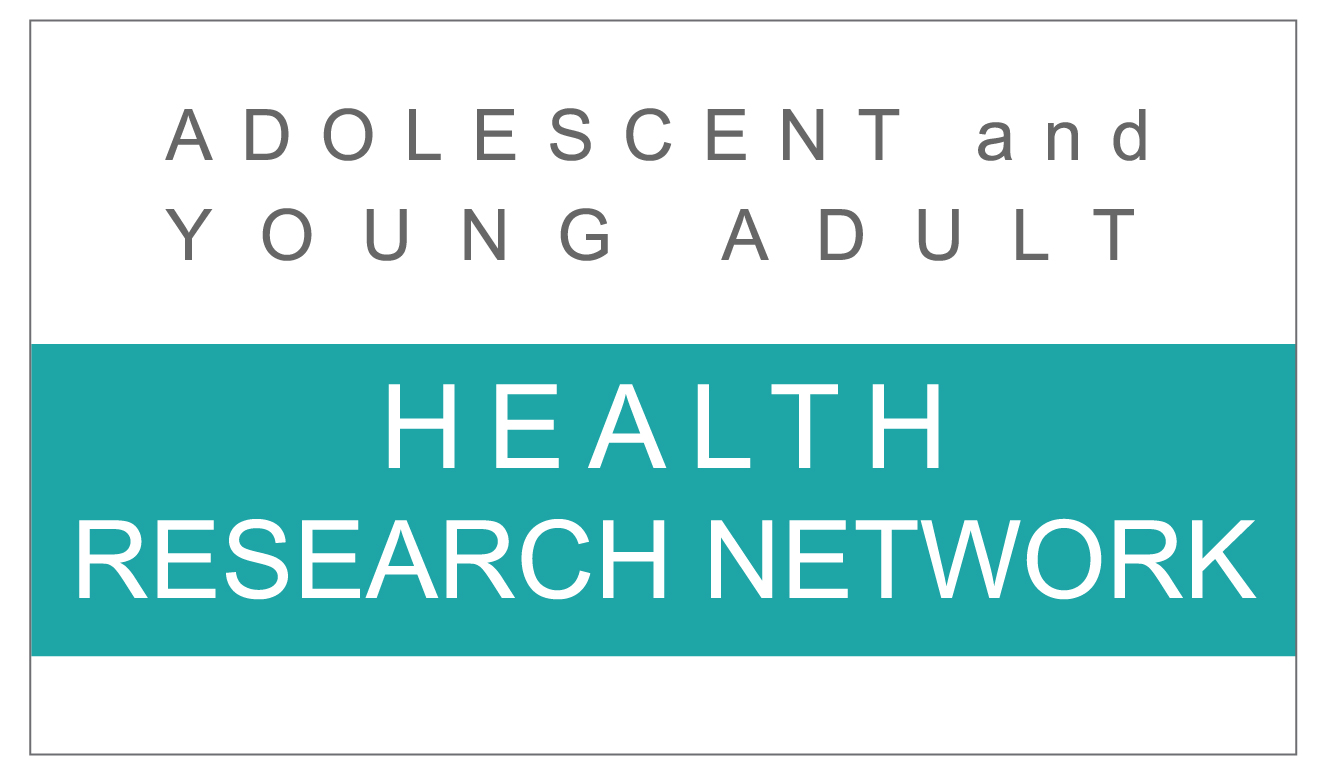Topic :: Health Care Access & Utilization
-
- This presentation includes prevalence of risk taking behaviors, theoretical models, risk taking in the context of the bio-psycho-social development of adolescents, and screening and counseling techniques for clinicians. Clinical, public health and other professionals are welcome to adapt these slides for their own professional use. We request that you acknowledge the original presentation, and our funders, as follows: This product…
-
- The Affordable Care Act (ACA) expanded health care insurance for many adolescents and young adults. Among the those not covered by the ACA are teens and young adults who are eligible for or have been granted Deferred Action for Childhood Arrivals (DACA). The DACA program provides temporary work authorization and relief from deportation for certain undocumented youth immigrants. Two reports…
-
- This report by NAHIC and Child Trends starts off by describing the prevalence of different chronic conditions in the adolescent population including allergies, obesity, ADHD, asthma, learning disabilities, and more. It then goes on to discuss disparities, trends in chronic condition incidence, special health care needs of adolescents with chronic conditions, and the implications of chronic conditions for adolescents’ families.…
-
- NAHIC and the Center for Adolescent Health and the Law (CAHL) have partnered to examine the Affordable Care Act’s impact on three special populations of adolescents and young adults: homeless youth, foster youth, and those in the juvenile justice and criminal justice systems. These groups, with higher rates of morbidity than the general adolescent and young adult populations, face special challenges…
-
- This report by NAHIC and Child Trends presents a research-based case for why adolescents need health care services. The report presents recommendations from leading medical authorities on what specific health care services adolescents need and how these services can best be provided. Data on the proportion of adolescents currently receiving needed services and an examination of the barriers preventing some…
-
- This 2012 study by researchers in the Division of Adolescent and Young Adult Medicine examined the current rates of medical home attainment for adolescents. The American Academy of Pediatrics recommends that all children and adolescents receive care in a medical home, which the AAP defines as an environment in which care is accessible, continuous, comprehensive, family-centered, and cultural effective. The…
-
- This case study, written by The University of California — Philip R. Lee Institute for Health Policy Studies and Department of Pediatrics, Division of Adolescent and Young Adult Medicine in collaboration with ICF International, is the second in a series of publications associated with a multi-year evaluation of the Mount Sinai Adolescent Health Center (MSAHC), which provides comprehensive health services to…
-
- On June 28, 2012, the United States Supreme Court affirmed the constitutionality of critically important components of the Patient Protection and Affordable Care Act of 2010 (ACA), allowing the vast majority of the Act to stand (“ACA decision”). In light of the November 2012 election results, the ACA is now more likely to be implemented. This issue brief describes the…
-
- As the passage of the Affordable Care Act (ACA) reaches its two-year anniversary in March 2012, NAHIC and the Center for Adolescent Health & the Law (CAHL) have partnered to examine the law’s effect on young adults in this 4-page brief. In December 2011, the U.S. Department of Health & Human Services announced that, as a result of initial implementation of the ACA, 2.5 million…
-
- This study examines the potential role of the health care system in the successful transition to young adulthood for all adolescents, with emphasis on adolescents with special health care needs (ASHCN). Research and conceptual frameworks addressing successful transitions and functioning were reviewed. Although most national efforts to define skills needed for the transition have focused on career/vocational skills, a few frameworks integrate broader issues such as health, psychosocial…
 University of California San Francisco
University of California San Francisco


